Barcode and QR Code Overview
We understand that large lists can be daunting, and manually searching for an item can be a very time-consuming task. Barcodes can be used to streamline your workflow, making searching for an item effortless. Eptura Asset has multiple types of barcodes to cater to your needs and you can do everything from simply searching for an asset, to initiating an inspection plan on the spot.
The Barcode Client will give you the ability to:
- Simplify submissions for Requesters.
- Navigate directly to the associated asset or part by scanning its barcode.
- Initiate Inspection Plans from anywhere.
The Barcode client is a cloud printing service that needs access to the barcode printer and the internet and will need to always remain running. Learn more in set up the Barcode Client.
Let’s look at the different barcodes and QR Codes avaiable:
- Barcodes for Assets and Parts
- QR Codes for Work Request
- Operator Companion App QR Codes
Barcodes for Assets and Parts
All Assets and Parts automatically get a barcode, meaning that all new Assets and Parts created in the application will be assigned a system generated barcode by default.

Below is an example of a Barcode from an Asset. Information displayed on this Barcode includes the Asset ID, Description, and the Asset Tag ID.
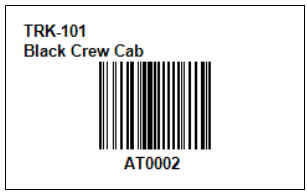
Below is an example of a Barcode from a Part. Information displayed on this Barcode includes the PartID, Description, Bin Location, Part Type, and the Part Association ID.
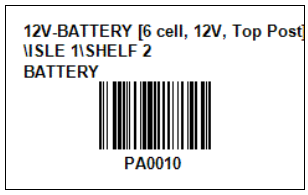
These Barcodes can be scanned through the app to quickly access the Asset or Part associated to the Barcode.
Although barcodes are automatically generated, existing barcodes can also be associated to the Asset or Part, in addition to the system generated barcodes.
QR Codes for Work Requests
Tagging an Asset with a QR Code will give Requesters a direct link to your Request Portal with the Asset information already filled out. This allows for ease of use, eliminating the need to manually search for the Asset within the application.

Below is an example of a Work Request QR Code, along with the Request Portal displayed on a mobile device. This QR code can be scanned from your camera app, which will direct you to the Request Portal with relevant information about the asset.
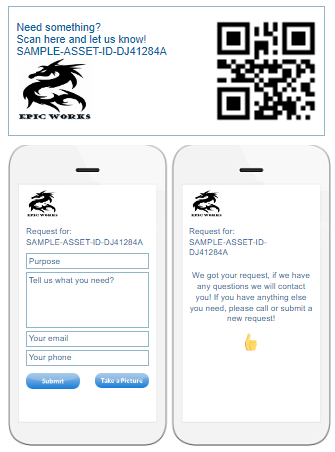
Operator Companion Application QR Codes
The Operator Companion App QR codes are used on Assets that have an Inspection Plan associated to it. These barcodes are placed directly on your Assets. By scanning this barcode from your device, you are navigating directly to the inspection plan through the Operator Companion Application, allowing you to complete the inspection directly from the Asset location.
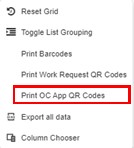
Below are examples of QR Codes associated to an asset. Information displayed on the Barcode includes the Asset ID and Description.
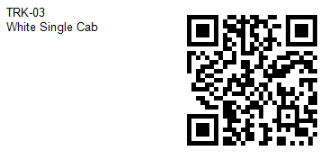
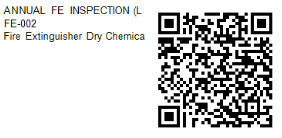
This QR code can be scanned from your camera app, which will direct you to the Operator Companion where inspections can be initiated and work orders can be generated.
